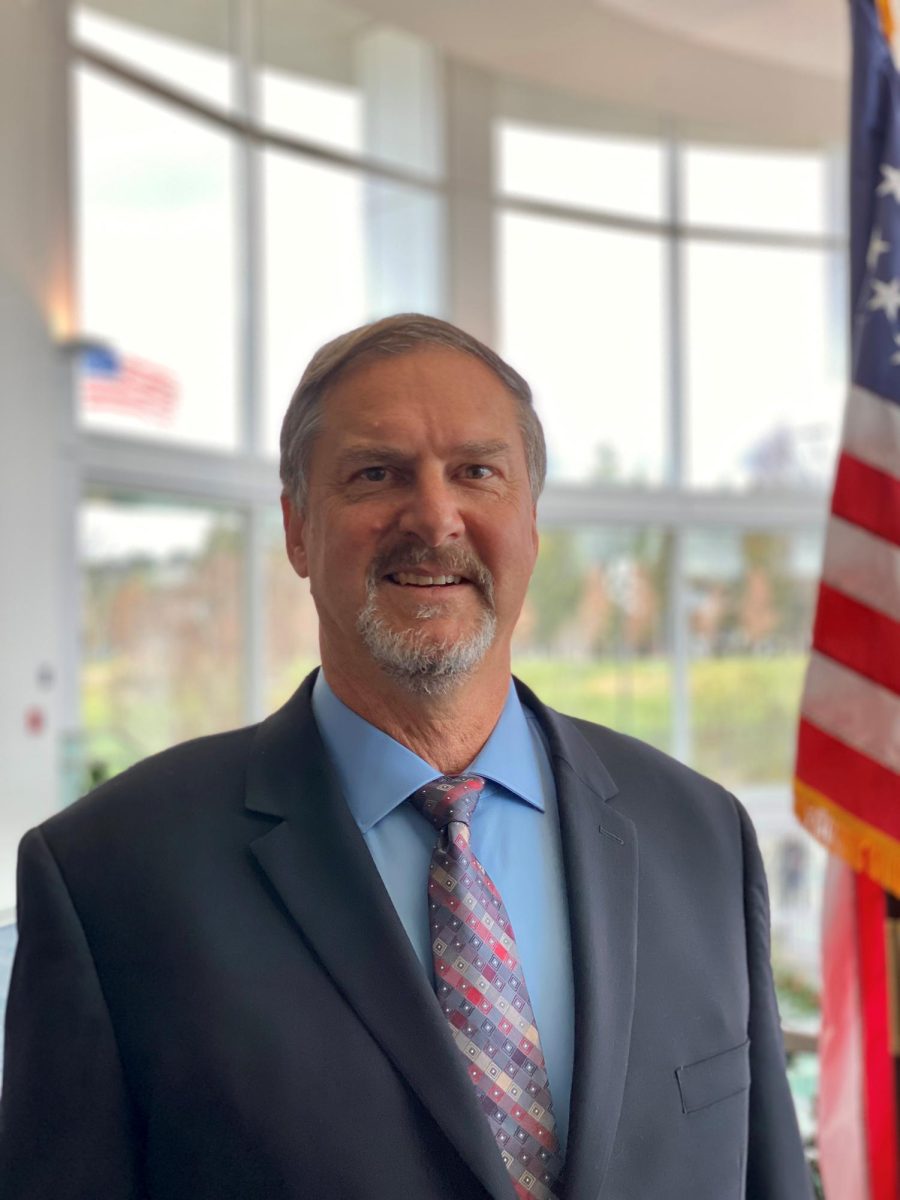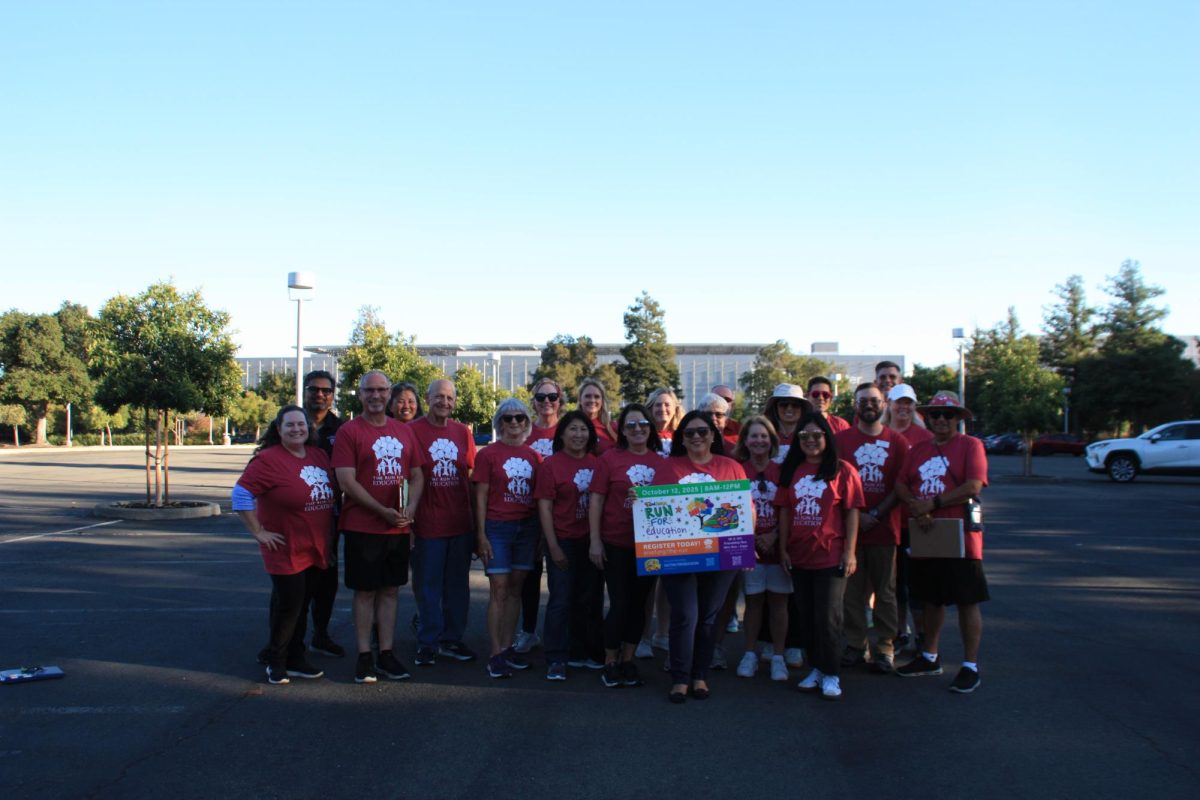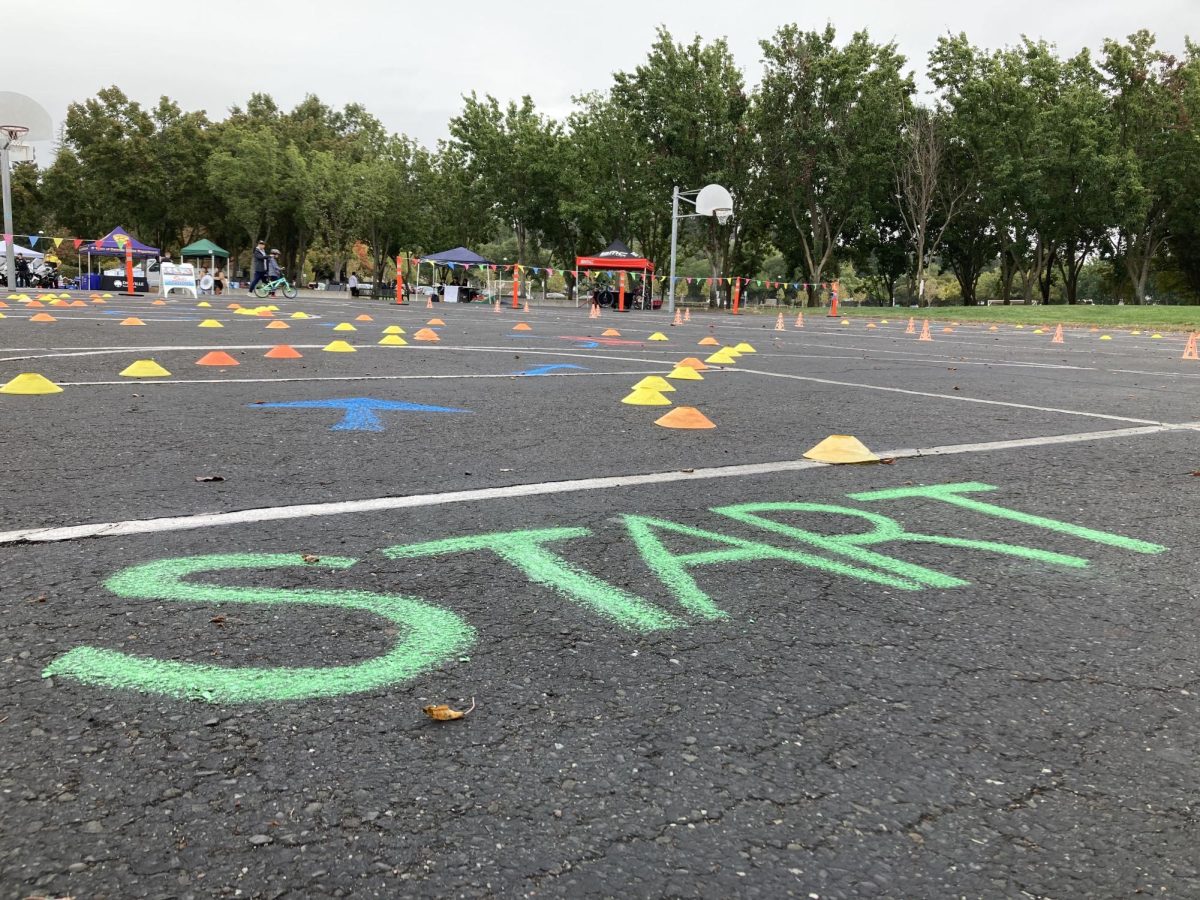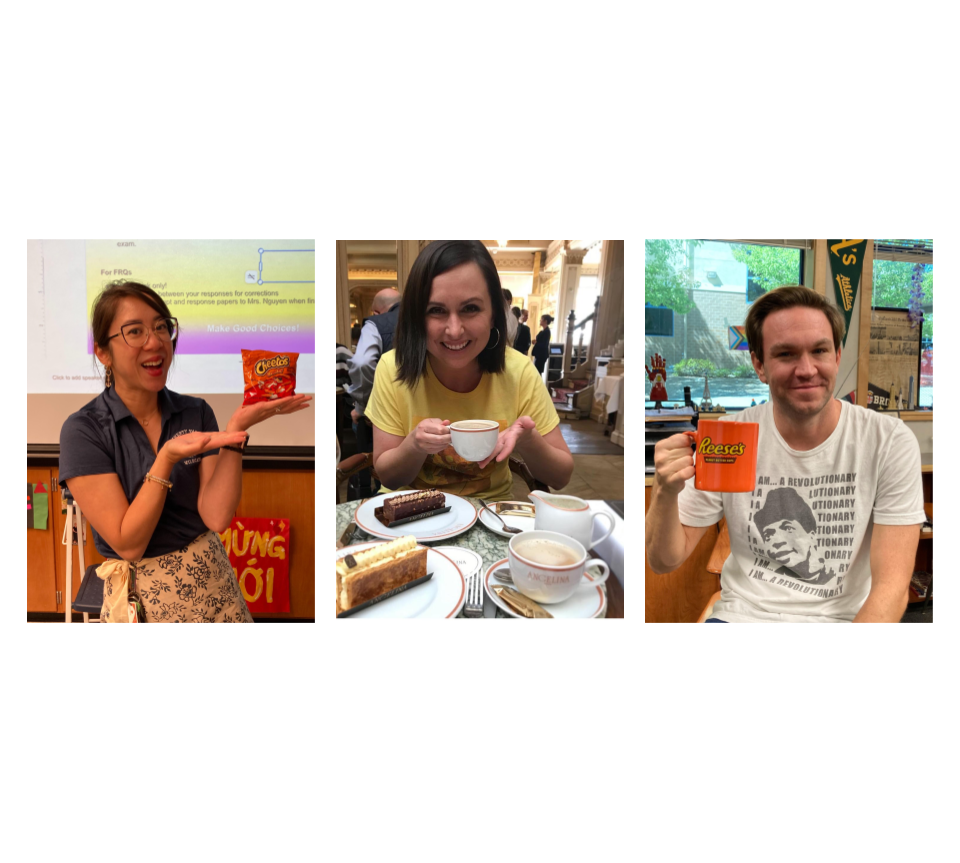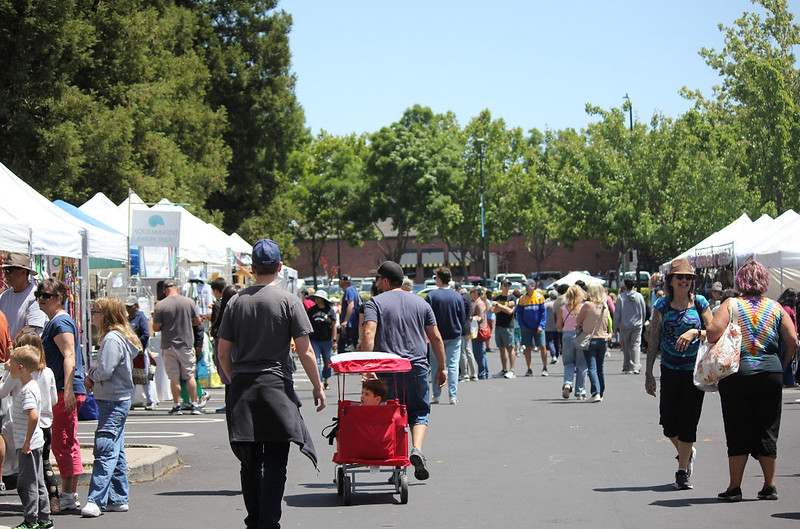Mark Armstrong, a two-term former San Ramon councilmember and former vice mayor, is running for San Ramon mayor in the Nov. 5, 2024 election. If elected, over the next four years, his stated top priorities will be public safety, protecting existing neighborhoods, and improving city finances. These are the key components of his overall plan for San Ramon: “a city that provides efficient delivery of quality public services that are essential to those who live, work and play there.”
With multiple decades of experience in armed and civil service, Armstrong is confident in his knowledge of leadership and city operations. He served for more than 30 years in the Army and spent eight years with the Federal Emergency Management Agency (FEMA) as a presidential appointee to help communities recover from natural disasters.
In the past four years, he has served two terms on the City Council and was acting mayor when former mayor Dave Hudson was ill from January to May of 2024.
“I have had to deal with crises that had very little initial information, and had to make sense out of chaos,” Armstrong said. “I have done the job [of mayor], and have the time to continue doing the job.”
In terms of his priorities, Armstrong emphasized that the San Ramon police department be fully resourced and highly trained. With the recent $5.6 million state grant to fight organized retail theft, San Ramon has received additional officers and equipment like automated license plate readers, situational awareness cameras, drones and police cars. Armstrong intends to continue this work and push for improvements in traffic control measures at key intersections, as well as to get sidewalks and streets repaired.
“Keeping our residents and businesses safe is the most important thing we can do,” Armstrong said. “People should not only be safe but feel safe, especially around schools and parks and in their neighborhood.”
Next on his list is protecting existing community spaces, he said, referencing encroachment due to mandated housing production goals. Numerous state laws mandate San Ramon, like all California cities, to meet these goals, with consequences including funding cuts and loss of local control over zoning decisions if the objectives are not met. In recent years, there has been much controversy over the location of new developments, such as the proposal to replace approximately 57,000 square feet of space in the Marketplace shopping center with the Nob Hill apartment complex (eventually shot down by the San Ramon Planning Commission).
On this issue, Armstrong said, “I support our current vision to locate mandated new housing on older office buildings or commercial sites by working with the owners of Bishop Ranch and other commercial properties.”
Through this approach, he seeks to preserve existing neighborhoods and local zoning control– but he recognizes that it will take years of consistent commitment to implement.
He also recognizes the importance of affordable housing, remarking, “We need it so kids coming back from college, young families, teachers, nurses, trade workers, nonprofit workers and people already working in San Ramon can live in the city they grew up in or work in.”
Another major issue he plans to address is the $17.6 million shortfall in revenue that San Ramon faces in 2024. When adopting the budget for 2024-2025, various city departments received cuts of $8.1 million total. This included defunding vacant positions, deferring maintenance for parks and facilities and deferring the purchase of new vehicles, computers and technology. Armstrong plans to support ways to reduce spending while still maintaining the priorities mentioned above.
Armstrong’s opponent, Chirag Kathrani, has openly vocalized concerns that the budget deficit was due to mismanagement. On the other hand, Armstrong attributes it to the “structural deficit” caused by increasing expenditures greatly outpacing San Ramon’s flat revenues.
He mentions various steps the city has taken toward addressing the deficit, including workshops, meetings and deliberations all open to the public. A possible solution that Armstrong supports on the Nov. 5 ballot is Measure N, a one-cent sales tax estimated to provide approximately $16 million annually for 10 years.
“If the revenue measure does not pass, then the people will have spoken,” Armstrong said. “And we will accept that and will cut even deeper and there will be visible impacts– but that would be the people’s choice.”
The San Ramon Valley Unified School District (SRVUSD) faces another funding challenge, the need to make reductions of $16.5 million beginning in the 2025-26 school year.
As a father of four kids, all graduates of California High School, Armstrong noted his belief in “the importance of funding our schools to get and retain quality teachers, have great facilities and resources and provide [a] great curriculum to prepare our youth for the future, whether that is college, vocational opportunities, the business world or public service.”
This motivated his support for Measure Q, the renewal of an existing $144 parcel tax that funds SRVUSD schools. “This funding is needed to keep our district as one of the best in the country at preparing our youth for the future,” Armstrong explained.
Throughout his campaign, Armstrong has also made a point to engage with residents face-to-face. “I have talked with thousands of residents by going door to door and asking them what their concerns are, and hearing their suggestions to make things even better in San Ramon,” Armstrong stated.
Ultimately, Armstrong envisions a future where the features that attract people and businesses to San Ramon- schools, neighborhood, and safety- are well-maintained.
“I will continue to push for thoughtful ways to reduce spending and increase our income,” Armstrong concluded, “and prioritize public safety, road maintenance, restoration of library hours, preservation of our programs for youth and seniors and maintenance of our 60 parks.”

